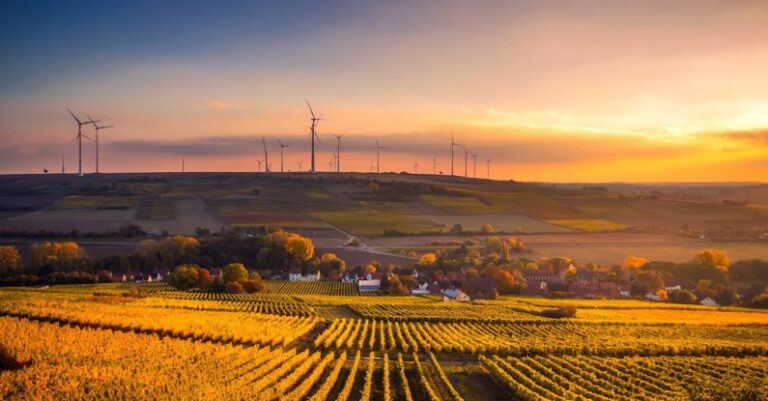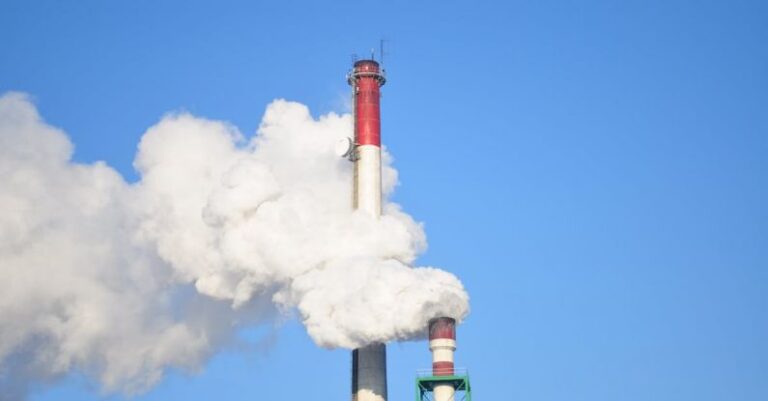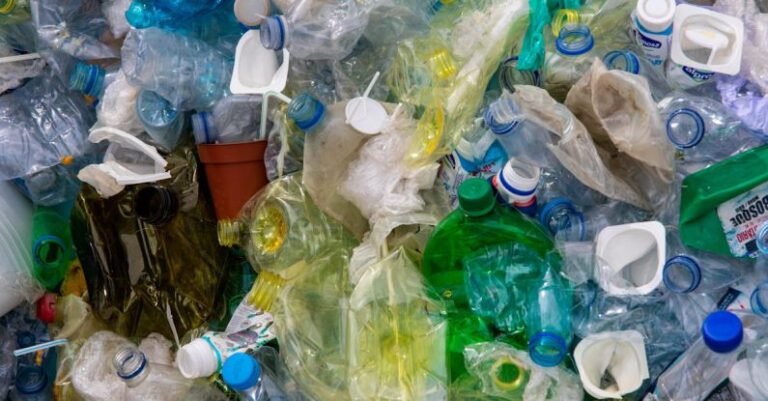
Renewable energies have emerged as a crucial solution in the fight against climate change due to their ability to significantly reduce carbon footprint. The transition towards renewable energy sources is essential in combating the detrimental effects of greenhouse gas emissions on our environment and health. Through harnessing the power of natural resources such as sunlight, wind, and water, renewable energies offer a sustainable alternative to fossil fuels. In this article, we will explore how renewable energies play a pivotal role in lowering carbon footprint and paving the way towards a cleaner and greener future.
### Harnessing the Power of Solar Energy
Solar energy is one of the most abundant and accessible sources of renewable energy. By converting sunlight into electricity through photovoltaic panels, solar power provides a clean and sustainable energy source that produces no greenhouse gas emissions during operation. The widespread adoption of solar energy systems for residential, commercial, and industrial purposes has helped to reduce reliance on fossil fuels and decrease carbon emissions significantly.
### Capturing the Energy of the Wind
Wind power is another renewable energy source that offers a promising solution for reducing carbon footprint. Wind turbines harness the kinetic energy of the wind to generate electricity without producing harmful emissions. As wind power technology continues to advance and become more efficient, it has become a cost-effective and environmentally friendly alternative to traditional fossil fuel-based power generation. By utilizing wind energy on a larger scale, we can further diminish our carbon footprint and move towards a more sustainable energy future.
### Tapping into Hydropower Resources
Hydropower, generated from the energy of flowing water, is a reliable and renewable energy source that plays a significant role in reducing carbon emissions. Hydropower plants utilize the force of moving water to produce electricity, offering a clean and efficient energy solution that does not contribute to air pollution or global warming. By expanding the use of hydropower resources, we can decrease our reliance on fossil fuels and mitigate the environmental impact of traditional power generation methods.
### Embracing Biomass and Bioenergy
Biomass and bioenergy technologies utilize organic materials such as agricultural residues, wood waste, and biofuels to produce renewable energy. By converting these bio-based resources into electricity, heat, and transportation fuels, biomass energy offers a sustainable alternative to fossil fuels while reducing carbon emissions. The use of biomass and bioenergy technologies can help to lower our carbon footprint, promote energy independence, and support the transition towards a cleaner and more sustainable energy system.
### Integrating Renewable Energies into the Grid
One of the key advantages of renewable energies in reducing carbon footprint is their ability to be integrated into existing power grids. By diversifying our energy sources and incorporating renewable energies such as solar, wind, and hydropower into the grid, we can reduce our reliance on fossil fuels and decrease carbon emissions from electricity generation. The decentralization of energy production through distributed renewable energy systems also enhances grid resilience and stability while promoting a more sustainable and environmentally friendly energy infrastructure.
### Conclusion: A Sustainable Future with Renewable Energies
In conclusion, renewable energies offer a viable and effective solution for reducing carbon footprint and combating climate change. By harnessing the power of solar energy, wind power, hydropower, biomass, and bioenergy, we can significantly decrease our reliance on fossil fuels and lower carbon emissions. The transition towards a renewable energy future is essential in creating a sustainable and environmentally conscious society that prioritizes the health of our planet and future generations. Embracing renewable energies is not only a practical choice but a necessary step towards a cleaner, greener, and more sustainable future for all.





